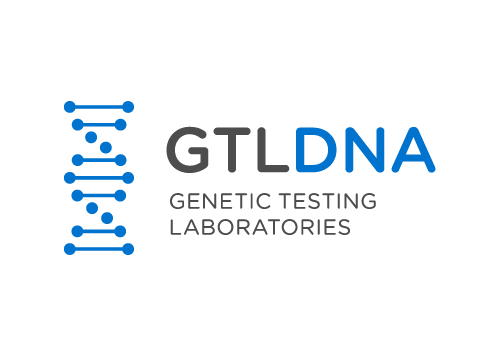21 Genetic Marker Testing
In nearly all cases of paternity, if the alleged father is the true biological father, all 21 tested genetic markers will match those of the child (one of the genetic markers, Amelogenin, is used to verify the gender of the person being tested). If all genetic markers match, it is referred to as “no exclusions”. We guarantee* that in “no exclusions” cases, testing mother, child and alleged father, our DNA paternity tests will provide a Probability of Paternity in excess of 99.999%. This is a thousand times more accurate than the 99% required by the AABB (formerly American Association of Blood Banks).
Another way of understanding the 99.999% minimum Probability of Paternity is that the chance of a wrong conclusion, i.e. the true biological father is not the tested man, is at worst 1 in 100,000 and is usually 1 in millions, if not higher.
Genetic Markers that do not Match
It is possible for the tested father to be the true biological father and yet have one or even two genetic markers that do not match (exclusions) due to mutations in the father’s DNA. In the majority of cases of one exclusion, the Probability of Paternity will still be in excess of 99.9% although we cannot guarantee this. Cases with two exclusions may be inconclusive and require further testing of additional genetic markers. Cases of three or more exclusions will conclude that the tested father is “excluded” as being the father of the child with a probability of exclusion of 100%
IMPORTANT NOTE: We cannot guarantee a minimum probability of parenthood if a paternity test includes only one parent and the child. However, in most cases the Probability of Paternity will be greater than 99.9%
*This paternity test guarantee assumes that each tested person belongs to one of the following ethnic groups: Caucasian, African, Asian or Hispanic. This is because the probabilities of paternity depend on the frequencies of different genetic markers in databases based on these ethnic groups. We can still carry out paternity testing with family members from other ethnic groups but calculations become more conservative and may result in probabilities of paternity of less than 99.999% although this is unlikely if all 21 of the tested father’s genetic markers match those of the child.
Since all our testing is performed by an ISO accredited DNA laboratory, all our DNA tests, whether legal or non-legal, use the most rigorous control protocols in the DNA industry. This provides security for our clients, knowing that they will receive the most accurate DNA test results available.
